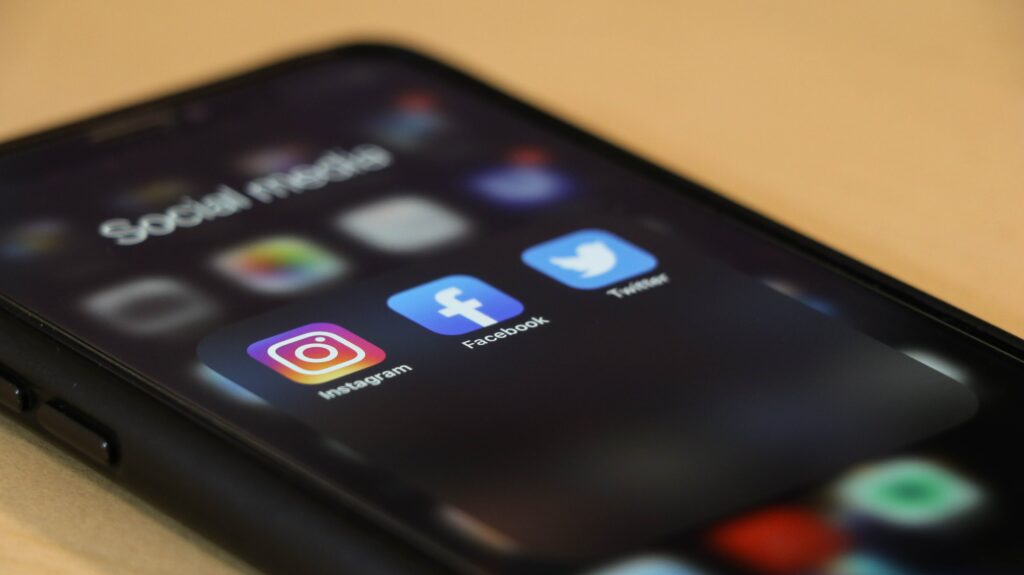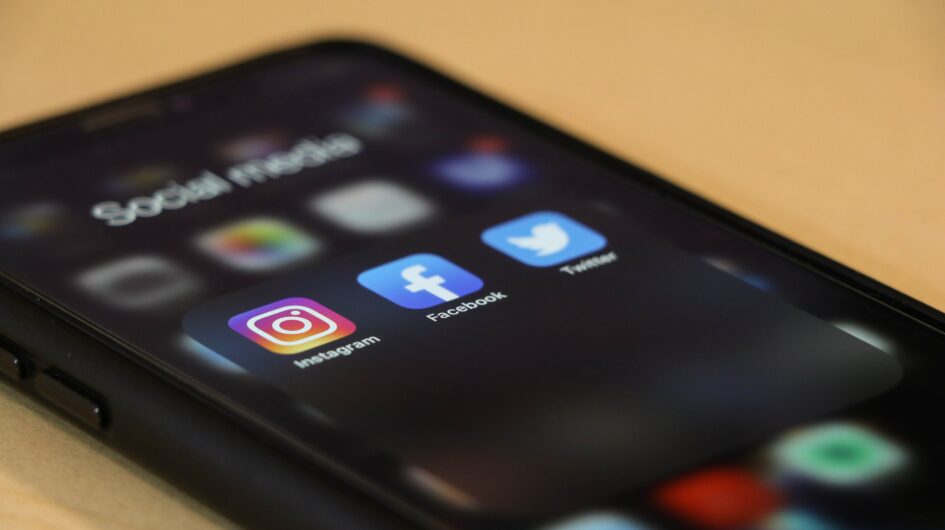I found it very interesting to learn about personal learning networks and digital identity through these readings and videos. They helped me see that there is a lot more involved in our use of online resources than I normally think about.
A Personal Learning Network (PLN) is a network made of various different connections and relationships that we build. We interact with them all the time in order to learn from them (Gutierrez). A PLN is personal and individual, so they will be different for every person. The learning we do from our PLN can happen anywhere and at any time, which is why networking is largely done through social media. It allows us to connect and communicate in order to gather and share knowledge with people whenever and wherever they are. To properly learn using our PLN, we must build, maintain, and activate connections with people to gain knowledge for new learning. However, our Personal Learning Network is not just made up of people. It includes devices, information, and different services, resources both online and offline, which we can use to learn at different times, in different places, and in ways that we want (“What is a PLN?”). Our network is also used for different purposes, such as for school, for leisure at home, and for work. No matter what context we are using our network in, the frequent learning will help us grow our knowledge, which will lead to professional development (Gutierrez).
When learning about what digital identity is, it makes a lot of sense to me. I have learned about it before, but I have known it as my digital footprint. I have always mainly thought about this as what you post and share online, but it is more than that and includes everything you do online. “Your presence online” consists of how you engage, treat, and respond to other people, as well as how you use the different tools and resources accessible to you in order to benefit yourself and other people (Stoller). It also includes more than just social media, for example if you have a portfolio or a blog these are also a part of your digital identity, and also information about you and your job. Your digital identity stays with you, and anybody can search and find this information about you online when it has been posted. This is the part that people need to be careful about and that needs to be thought of when considering posting online, because there is a chance that a future boss or employer may find it and it could impact whether you get hired. It is also important to keep personal social media separate from professional accounts that pertain to your career.
There are many benefits to having a digital identity when it comes to professional and economic uses (“World Economic Forum”). It saves a lot of time being able to do certain tasks and services online rather than in person. For example, taxes, prescriptions, banking, school, voting, signing documents can all be done online when you have a digital identity, making them more efficient. As well, it can greatly help when trying to get a job, because it helps potential employers prove who you are and where you live, for example. Digital identity is also an inclusive measure, because it is linked to our bank account, which is financial inclusion. Having our ID online makes it easier for people to travel, migrate, and find jobs when needed. There are also some things that we need to be careful of when it comes to our digital identity, such as managing our privacy and security, and also data losses or breaches. There are always risks to being online, so it is important to be safe and careful with how you use your online resources.
In a class last term, we were given the chance to Google ourselves. I was very interested in doing this and I wanted to know what would come up. One of the first links and pictures that came up was from when I was nominated for a scholarship by my high school. I also find it intriguing that there are so many different people that come up when I search my name. I did not realize how many people I can find with the same name as me. To see if I could find more about myself, I tried adding words to my search, such as the place I live and my high school’s name. This came up with a lot of pictures from my old high school newsletters. I found it very interesting because I was not in all of the pictures that came up from my high school, so I realized that my name must just be associated with it. One other image that came up, which I found very interesting, was a page from a newspaper in 2013 of my basketball team after we won a tournament. My name is written in the article, so it makes sense that it would come up when I search my name online, but I had not seen this newspaper article in a long time, so it was a fun surprise! It was very interesting to discover what parts of my digital identity can be found that quickly and easily.
Works Cited
Gutierrez, Karla. “What are Personal Learning Networks?” Shift, 21 June 2016, https://www.shiftelearning.com/blog/personal-learning-networks.
Stoller, Eric. “What is Digital Identity?” YouTube, uploaded by University of Derby, 25 November 2016, https://www.youtube.com/watch?v=u0RryRbJza0.
“What is a Personal Learning Network (PLN)?” Future Learn, https://www.futurelearn.com/info/courses/learning-network-age/0/steps/24644.
World Economic Forum. “Davos 2019 – Press Conference the Value of Digital Identity for the Global Economy and Society.” YouTube, uploaded by World Economic Forum, 5 February 2019, https://www.youtube.com/watch?v=1-V7lyxrOmw.

Photo by dole777 on Unsplash

May 23, 2021 at 11:52 am
Hi Sarah! I really enjoyed reading your blog post. It is very informative and I also used to think digital identity was the digital footprint before learning more about digital identity. Your digital identity is everything you do online and all your engagements and interactions, essentially the profile you leave online.
May 24, 2021 at 11:35 pm
Hi Sarah! I really enjoyed reading your blog post this week. I really enjoyed your discussion about googling ourselves and seeing what shows up, this made me really curious and prompted me to google myself. Similar to you I found some school-related activities that appeared, as well as some extra-curricular activities and projects that showed up. However, I didn’t find any pictures, which I was very thankful about, as I like to be a very private person. I already really enjoyed your discussion about digital identity, and how we should be mindful of the things we post, and how we should conduct ourselves online, as potential employers may see that. I enjoyed this aspect of the discussion because this mindset can be easily applied to our lives and can portray an appropriate digital identity.